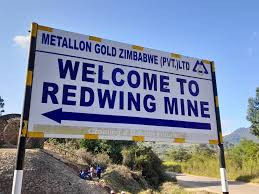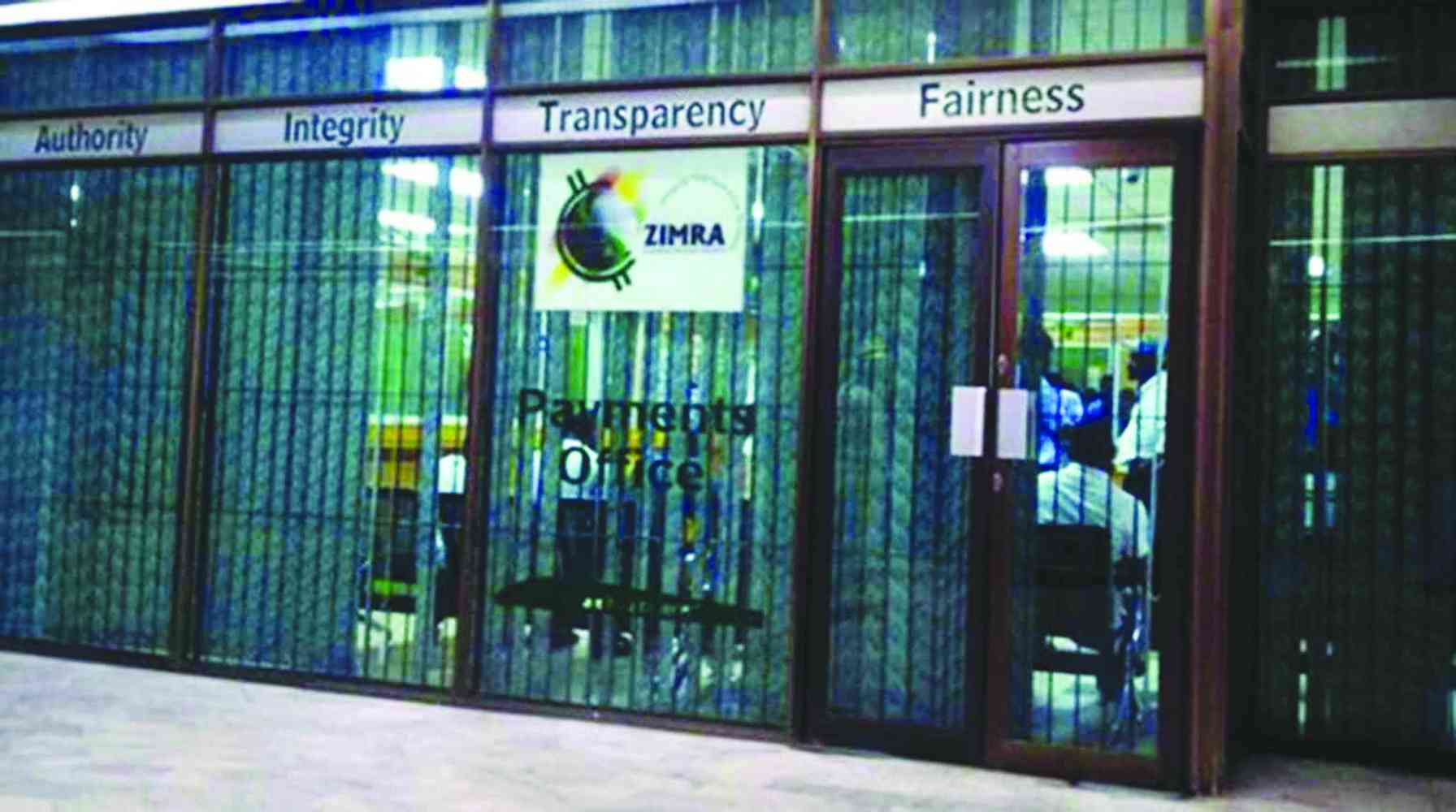Uniswap has gained immense popularity and given rise to various other decentralized applications such as Curve, SushiSwap, Balancer, and more following it. Through this, one can exchange Ethereum tokens without worrying about funds, theft, and third-party access. Moreover, one can also lend their assets to reserves and liquidity pools. One can earn some fee in exchange for providing assets to them. Uniswap has made more than $10 billion in weekly trading volume as of April 2021. Coming to a more simplified explanation, Uniswap can be defined as the first decentralized finance application. The program series works on a model which we will be discussing soon at the Official Site.
What is Uniswap?
Uniswap works on a blockchain network known as Ethereum, which started operating in November 2018. The applications work on liquidity pool models, which provide a decentralized pricing mechanism. This model is made to ease out the out-of-order book depth. The Uniswap process uses no listing process as it is purely decentralized. The Ethereum token can be launched as soon as the liquidity pool becomes accessible for everyone, especially traders. The protocol acts like a public good. The protocol of Uniswap was built by Hayden Adams in 2018. However, the technology implemented was described first by Vitalik Buterin, the co-founder of Ethereum.
Keep Reading
- Gwanda residents apprehend robbers
- Manchester City win Premier League title on astonishing final day of season
- What is an excellent crypto wallet made of?
- Pogba tipped to join Spanish giants
Working of Uniswap: A brief
A variation of the model Automated Market maker, Constant product market maker is used by Uniswap by leaving behind the traditional way of computerized trade with no organization book. Innovative robotized market producers are able to hold liquidity pools or stores which can be exchanged against dealers. Supported by suppliers, anyone owning two different amounts of tokens in a pool is eligible to be a supplier (liquidity). Therefore, merchants pay a cost to the pool, which is further conveyed to liquidity suppliers as indicated by their portion of the pool.
The tokens, ETH and ERC-20 or the two of ERC-20 make a great economic market for suppliers. The setup generally is composed of the following stablecoins -
- DAI
- USDC
- USDT
What is more, liquidity suppliers get tokens that speak their portion of the entire pool. These tokens then can be proclaimed by an offer.
Using Uniswap
All you need is an Ethereum wallet to get started with using uni swap and a bit of ETH. Through the app browser built in the bitcoin trading platform, Coinbase wallet's mobile app., one can access app.uniswap.org to get started with using Uniswap and swapping tokens or even supplying the liquidity. One disadvantage that comes with it is that users of Ethereum-based applications are required to pay the transaction or gas fee that can vary depending on the network and expense. However, this issue can be resolved in multiple ways.
Different answers for this issue are in progress, from the long-arranged change to the ETH2 blockchain to the closer-term rollout of a "Layer 2". This is a scaling mechanism named Optimism in the near future. Uniswap engineers are sure that Optimism will take into account essentially less expensive Uniswap exchanges. Uniswap v3 was introduced with the aim to make transactions rapid and economical in May 2021.
Uniswap way of making money
As we have known, Uniswap is a decentralized application backed by Paradigm. The entire fee is submitted to liquidity providers, and none of the founders get a profit from the trade fee. The transaction fee given to the providers is currently at 0.3% per trade. These are added to liquidity pools however can be redeemed at any time by the liquidity providers. What is more, the fee is also distributed among the provider's share of the pool. How does Uniswap get paid, you ask? A small portion of this fee is given to Uniswap for further application development.
The UNI token
The UNI is the native token of the Uniswap protocol and is used as an entitlement for holders with respect to governance rights. This signifies that UNI holders can participate in voting for any protocol change.





